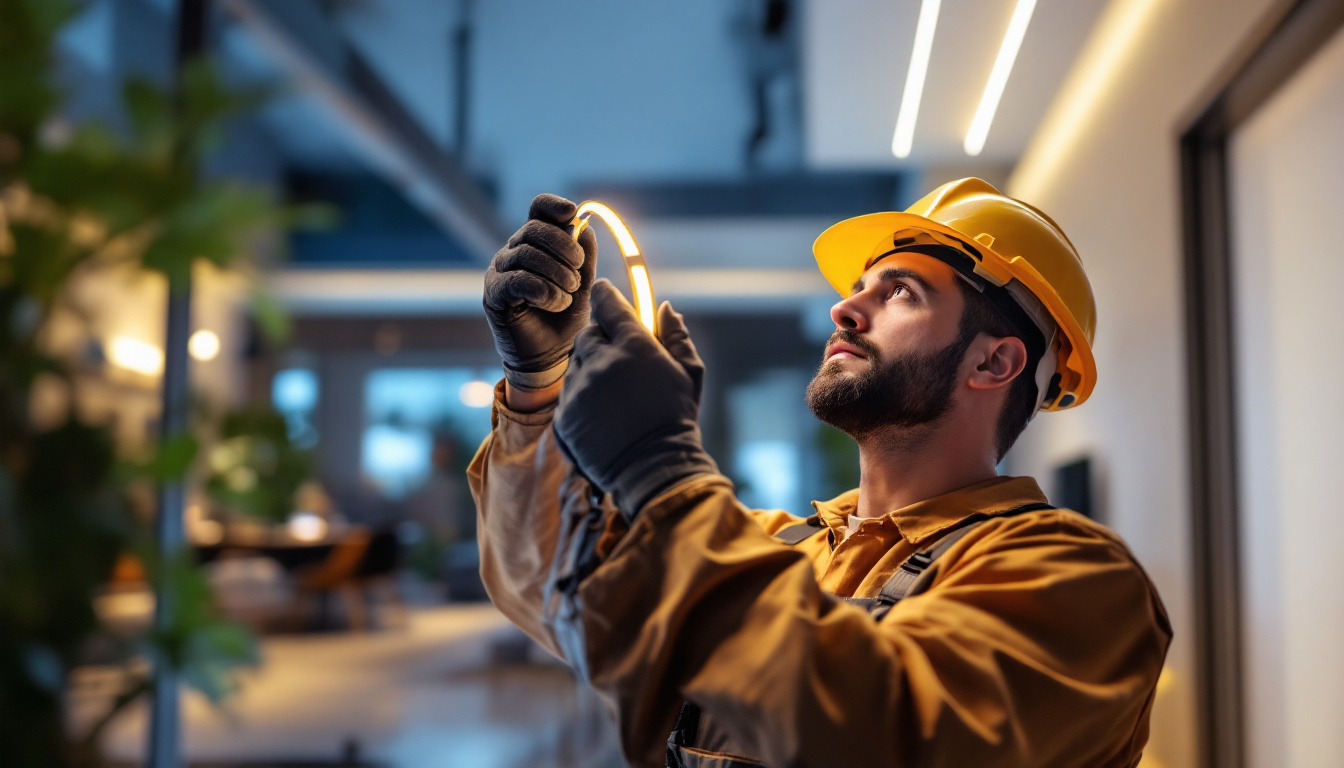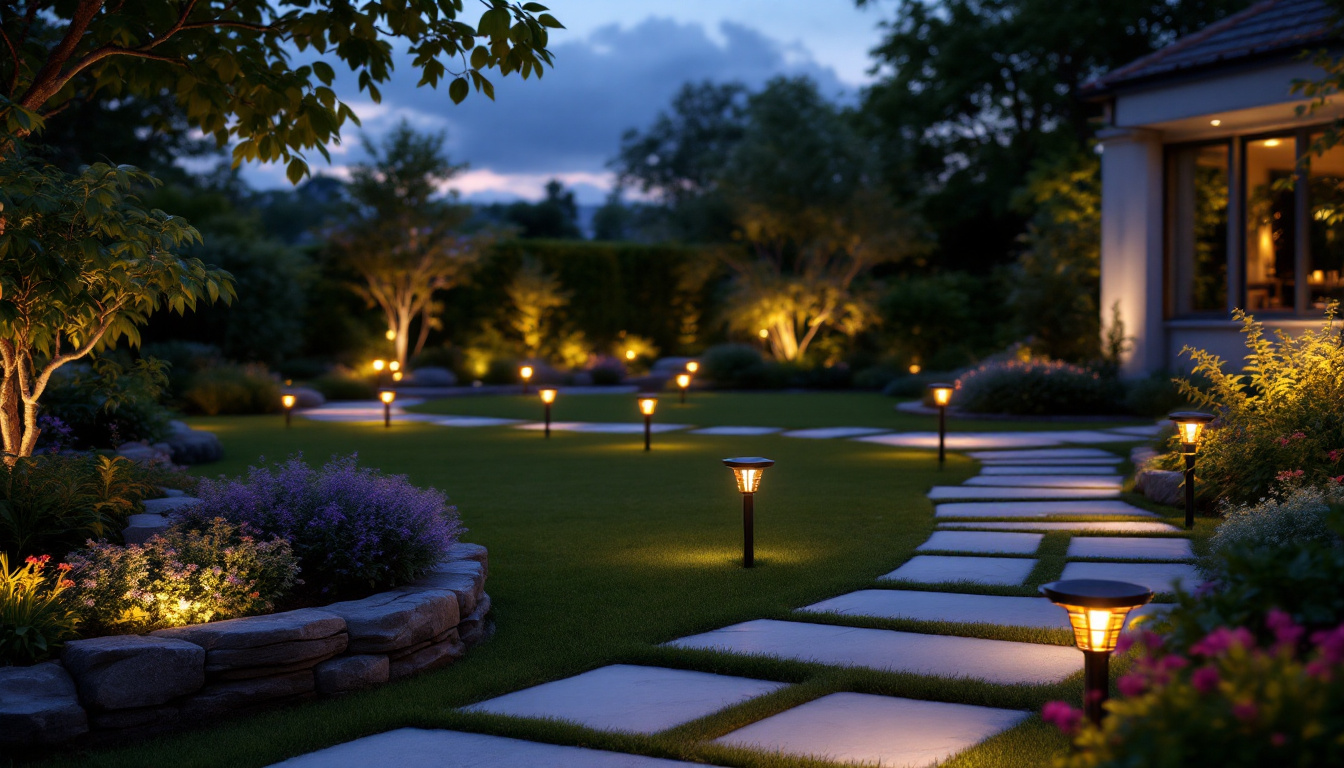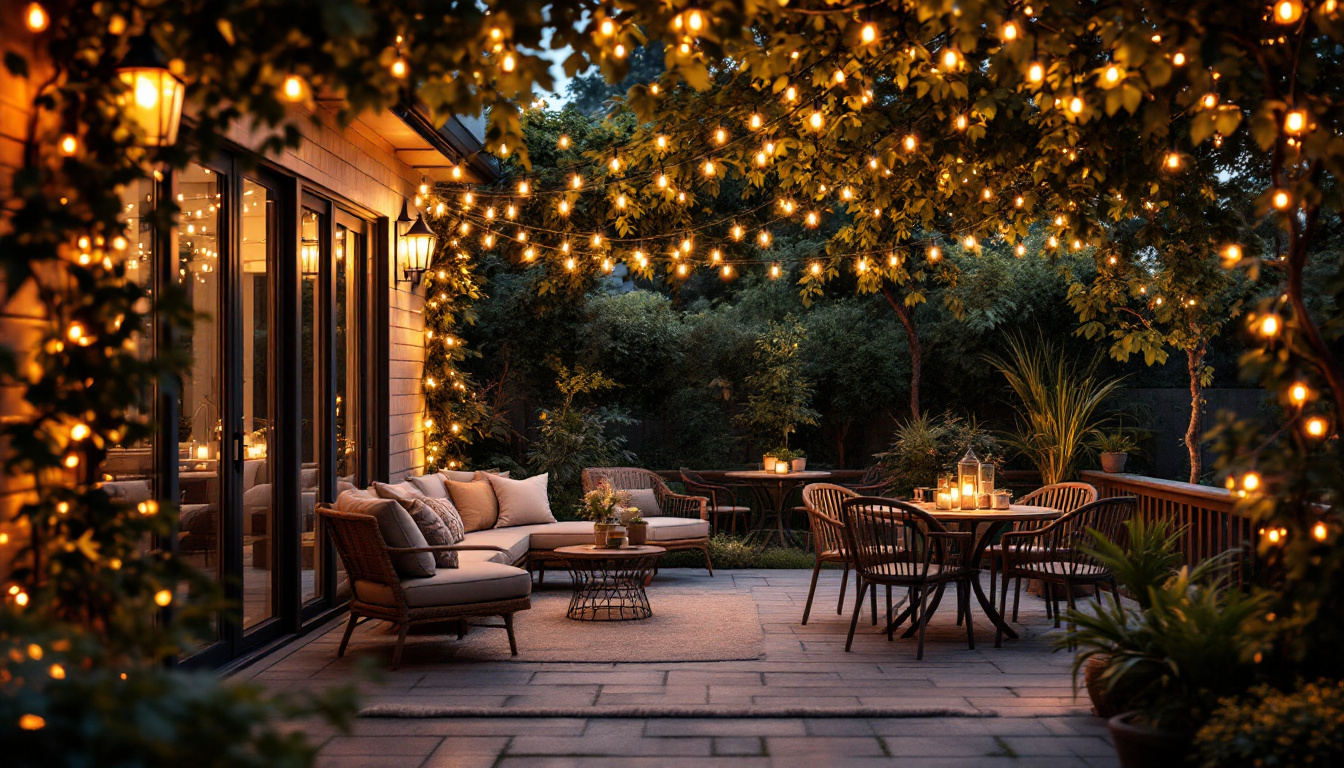
LED tape lights have revolutionized the way lighting contractors approach design and installation. These versatile lighting solutions are not only energy-efficient but also offer a wide range of applications, from accent lighting to task illumination. However, with the growing popularity of LED tape lights comes an increasing need for compliance with various regulations and standards. Understanding these requirements is essential for lighting contractors to ensure safe and effective installations.
LED tape lights, also known as LED strip lights, are flexible circuit boards populated with light-emitting diodes (LEDs). They can be cut to size, making them adaptable for various projects, whether in residential, commercial, or industrial settings. Their low profile and ease of installation make them a favorite among designers and contractors alike.
These lights are available in various colors and brightness levels, allowing for creative applications that enhance aesthetic appeal. Additionally, many LED tape lights are dimmable and can be controlled remotely, providing further flexibility in lighting design. This capability enables users to create dynamic lighting scenes that can be adjusted according to the time of day or specific activities, enhancing both functionality and ambiance.
One of the most significant advantages of LED tape lights is their energy efficiency. Compared to traditional incandescent or fluorescent lighting, LEDs consume significantly less power, which translates to lower energy bills for clients. Furthermore, LED tape lights have a longer lifespan, reducing the frequency of replacements and maintenance costs. This longevity not only benefits the environment by minimizing waste but also provides clients with peace of mind, knowing they have made a sustainable choice.
Another benefit is their versatility. They can be used in a variety of settings, including under-cabinet lighting in kitchens, backlighting for televisions, and even in commercial spaces to highlight architectural features. This adaptability allows lighting contractors to meet diverse client needs while showcasing their creativity. Moreover, the ability to install LED tape lights in hard-to-reach areas or along curved surfaces opens up new possibilities for innovative designs. For instance, they can be integrated into furniture, such as shelves or desks, to create a seamless and modern look that enhances the overall interior design. The options are virtually limitless, making LED tape lights a go-to solution for any lighting project.
As the demand for LED tape lights grows, so does the complexity of compliance with local, state, and federal regulations. Lighting contractors must be well-versed in these requirements to ensure installations are safe, effective, and up to code.
Compliance with regulatory standards is crucial for the safety and performance of LED tape lights. Various organizations, such as the Underwriters Laboratories (UL) and the National Electrical Code (NEC), establish guidelines that govern the installation and use of lighting products. These standards cover aspects such as electrical safety, fire hazards, and energy efficiency.
For instance, UL certification indicates that a product has been tested for safety and performance, providing assurance to both contractors and clients. It is essential for lighting contractors to verify that the LED tape lights they choose are compliant with these standards, as non-compliance can lead to serious safety risks and legal repercussions.
In addition to national standards, local building codes may impose additional requirements for LED tape light installations. These codes can vary significantly from one jurisdiction to another, making it imperative for contractors to familiarize themselves with the specific regulations in their area.
Obtaining the necessary permits is another crucial step in ensuring compliance. Many municipalities require permits for electrical work, including the installation of LED tape lights. Failing to secure the appropriate permits can result in fines and may complicate future property transactions.
Proper installation of LED tape lights is essential not only for compliance but also for maximizing their performance and lifespan. Following best practices can help lighting contractors avoid common pitfalls and ensure a successful project outcome.
One of the most critical aspects of installing LED tape lights is selecting the appropriate power supply. The power supply must match the voltage and wattage requirements of the LED tape lights being used. An inadequate power supply can lead to poor performance, flickering, or even damage to the lights.
Additionally, contractors should consider the total length of the LED tape lights being installed. Longer runs may require additional power supplies or the use of thicker gauge wiring to prevent voltage drop, which can affect brightness and color consistency.
Every LED tape light product comes with specific installation guidelines provided by the manufacturer. These guidelines often include recommendations for mounting surfaces, spacing, and connection methods. Adhering to these instructions is crucial for compliance and can help prevent issues down the line.
Contractors should also be aware of the environmental conditions in which the LED tape lights will be installed. For example, some products are rated for indoor use only, while others may be suitable for outdoor applications. Understanding these distinctions can help ensure that the lights perform optimally in their intended environment.
As energy efficiency becomes increasingly important in the lighting industry, LED tape lights offer a sustainable solution for contractors and clients alike. Incorporating energy-efficient lighting options can significantly reduce a building’s overall energy consumption, aligning with green building practices and sustainability goals.
Many governments and utility companies offer incentives for the installation of energy-efficient lighting solutions, including LED tape lights. These incentives can come in the form of rebates, tax credits, or grants, making it financially advantageous for clients to choose energy-efficient options.
Lighting contractors should stay informed about available incentives in their area and communicate these benefits to clients. This not only helps clients save money but also positions contractors as knowledgeable professionals who prioritize sustainability.
Investing in energy-efficient lighting solutions like LED tape lights can yield long-term benefits for both contractors and clients. Reduced energy consumption leads to lower utility bills, while the longevity of LED products minimizes maintenance and replacement costs.
Moreover, as energy regulations become stricter, clients who invest in compliant, energy-efficient lighting solutions will be better positioned to adapt to future changes. This proactive approach can enhance a contractor’s reputation as a forward-thinking professional in the industry.
The versatility of LED tape lights opens up a world of creative possibilities for lighting contractors. Understanding how to effectively use these lights can elevate a project and impress clients with innovative designs.
LED tape lights can be used to highlight architectural features, such as crown molding, staircases, and alcoves. By strategically placing these lights, contractors can create dramatic effects that enhance the overall aesthetic of a space.
For instance, installing LED tape lights along the edges of shelves or within recesses can create a soft glow that draws attention to artwork or decorative items. This technique not only adds visual interest but also provides functional lighting for specific areas.
Backlighting is another popular application for LED tape lights. By placing them behind objects such as televisions or artwork, contractors can create a visually appealing halo effect that adds depth to a room. This technique is particularly effective in home theaters or entertainment spaces, where ambiance plays a crucial role.
Accent lighting can also be achieved with LED tape lights by illuminating specific features, such as plants or architectural details. This targeted approach draws the eye and creates focal points within a space, enhancing the overall design.
While LED tape lights offer numerous benefits, lighting contractors may encounter challenges during installation. Being aware of these potential issues and having solutions at hand can help ensure a smooth project experience.
One common challenge with LED tape lights is heat management. While LEDs generate less heat than traditional lighting, excessive heat can still shorten their lifespan and affect performance. Proper installation techniques, such as using heat sinks or ensuring adequate airflow, can mitigate this issue.
Contractors should also educate clients about the importance of not covering LED tape lights with materials that can trap heat, such as fabric or plastic. This simple precaution can help maintain optimal performance and longevity.
Color consistency is another challenge that contractors may face when installing LED tape lights. Variations in color temperature can occur between different batches of lights, leading to an uneven appearance. To address this, contractors should source all LED tape lights from the same manufacturer and batch whenever possible.
Additionally, testing the lights before installation can help identify any discrepancies in color output, allowing contractors to make adjustments as needed. This attention to detail enhances the overall quality of the installation and ensures client satisfaction.
LED tape lights represent a dynamic and flexible lighting solution that can enhance a variety of spaces. For lighting contractors, understanding compliance requirements, installation best practices, and creative applications is essential for delivering successful projects. By staying informed about industry standards and embracing energy-efficient solutions, contractors can position themselves as leaders in the evolving lighting landscape.
As the demand for innovative lighting solutions continues to grow, contractors who prioritize compliance and quality will not only meet client expectations but also contribute to a more sustainable future. Embracing the potential of LED tape lights can lead to exciting opportunities for both contractors and their clients, paving the way for bright and beautiful spaces.
Ready to elevate your lighting installations with the highest quality LED tape lights? Look no further than LumenWholesale, where we provide lighting contractors with spec-grade products at unbeatable wholesale prices. Say goodbye to inflated markups and hello to a vast selection that meets rigorous industry standards. With free shipping on bulk orders, you can trust that you’re getting premium lighting solutions at the best value, every time. Don’t compromise on quality or cost—Wholesale Lighting at the Best Value is just a click away. Enhance your projects with LumenWholesale today.

Discover how lighting contractors can enhance their projects and boost client satisfaction by choosing the right lamp bulbs.

Discover the latest trends in outdoor solar lighting that every contractor should be aware of.

Discover the transformative power of exterior lighting in home installations.

Discover expert tips from lighting contractors on how to overcome common challenges when installing string lights for your patio.